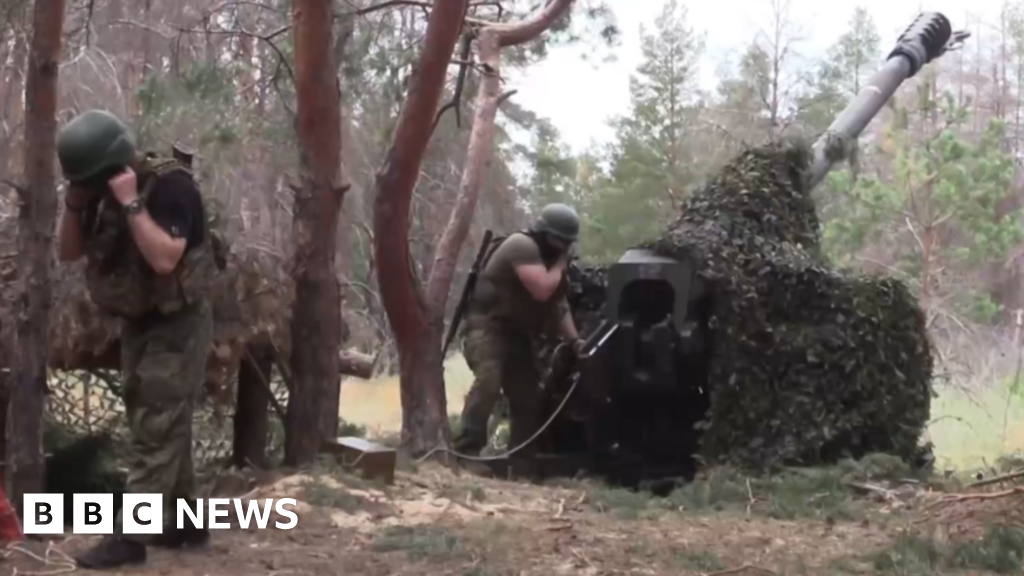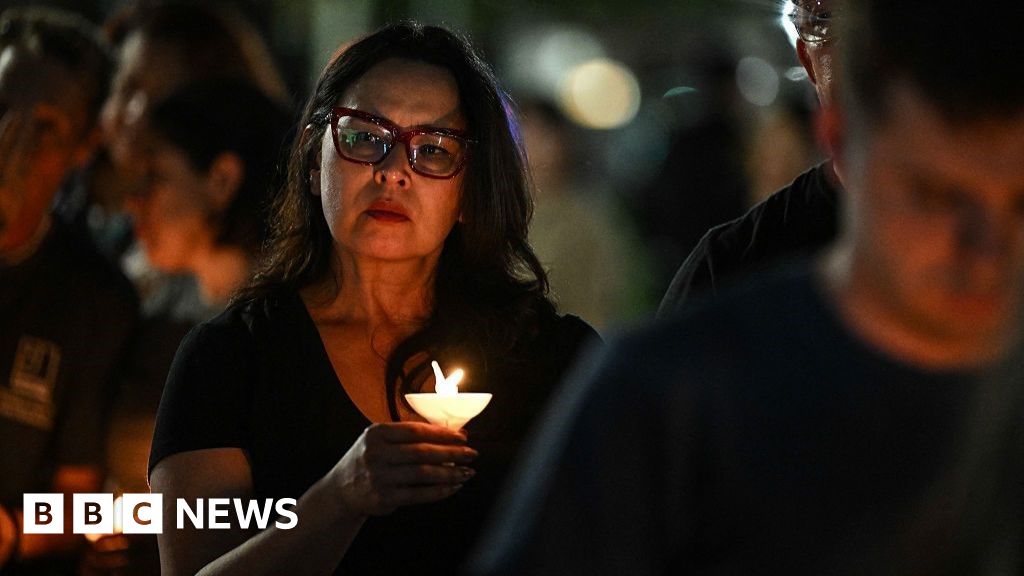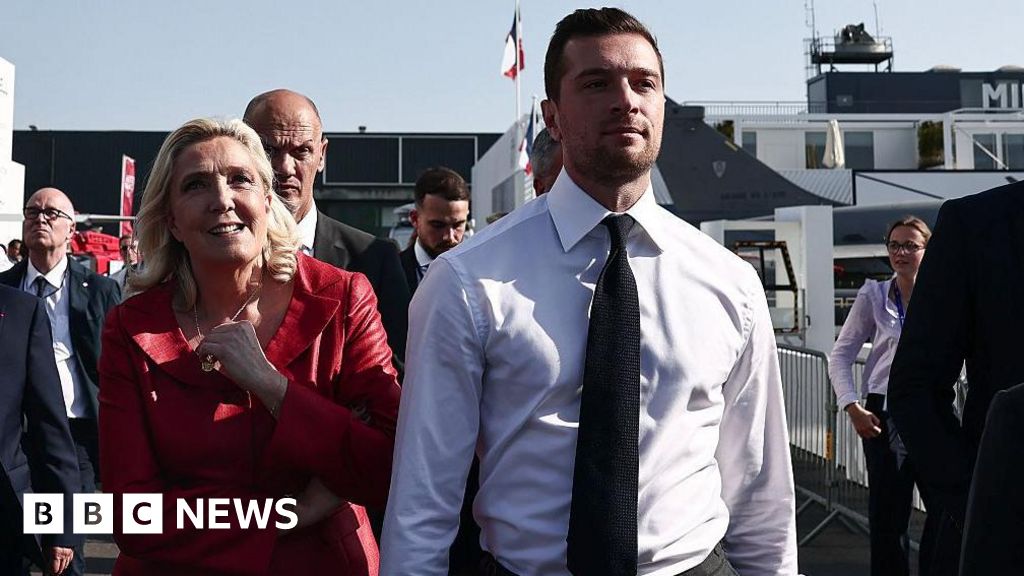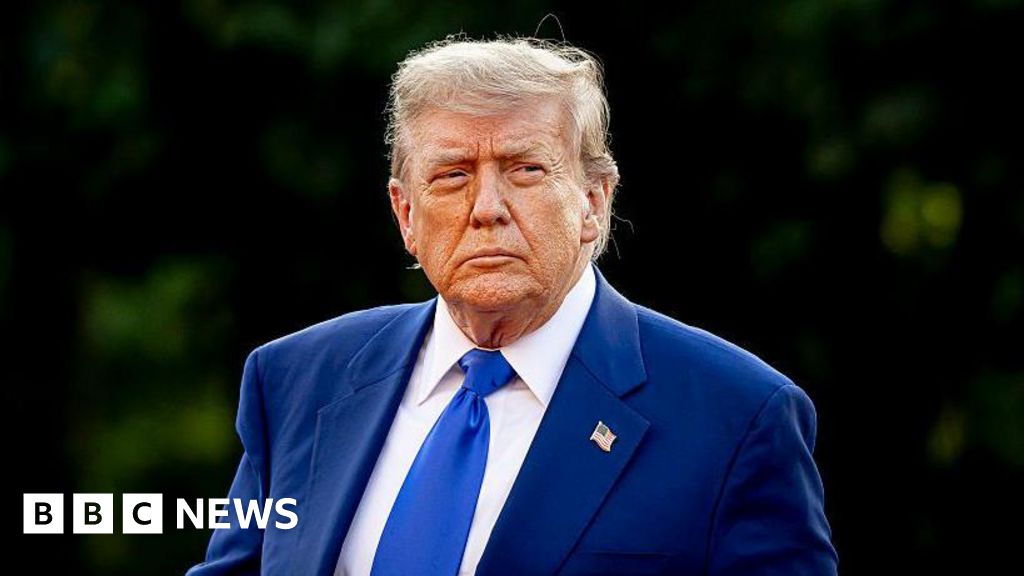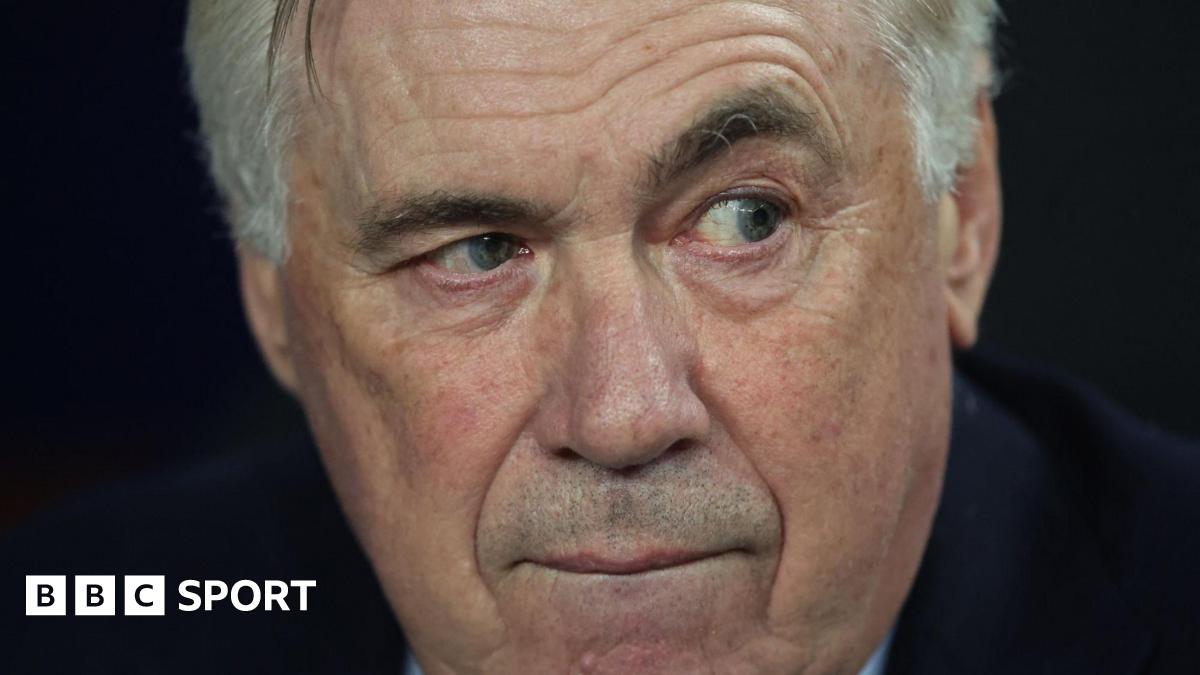The Minnesota Timberwolves were reeling at the end of February.
They’d just lost to the league’s worst team, the Utah Jazz, in a game in which Anthony Edwards was suspended for exceeding the NBA’s technical foul limit. They were stuck with a 32-29 record, ninth in the West, and their big offseason trade of Karl-Anthony Towns for Julius Randle and Donte DiVincenzo looked like a bust.
In sum, Minnesota had seemingly regressed from upstart conference finalist to also-ran, and the franchise was dealing with an ongoing ownership dispute for good measure.
But in March, a switch flipped inside the Target Center. Over the rest of the regular season, the Timberwolves went 17-4, rising out of the play-in morass to the No. 6 seed. They beat the Los Angeles Lakers and Golden State Warriors in five games apiece — eliminating LeBron James, Luka Doncic, Jimmy Butler III and the injured Stephen Curry along the way — to return to the Western Conference finals. They even resolved their long-simmering ownership fracas.
And although the Timberwolves lost Game 1 of the conference finals in a blowout against the No. 1 seed Oklahoma City Thunder, they’ve proved they aren’t your average No. 6 seed. Instead, they have a solid chance to become just the third No. 6 seed in NBA history to reach the championship round, joining the 1995 Houston Rockets, who won the Finals, and the 1981 Rockets, who lost there.
Ahead of Game 2 of the West finals (8:30 p.m. ET, ESPN), let’s examine how the Timberwolves turned their season around, the stars who have stepped up and how exactly the top-seeded Thunder took it all away.
A new strength emerges
From March 1, the Timberwolves had the second-best record (17-4) and point differential (plus-11.4) in the NBA.
To be fair, they benefited from an easy schedule. According to ESPN Analytics, Minnesota had the league’s second-easiest schedule in March and April, and the average team would’ve been expected to post a plus-2.6 point differential in that stretch.
Still, Minnesota’s plus-8.8 schedule-adjusted point differential over that span (11.4 minus 2.6) would have rated near the top of the league. The Timberwolves’ late-season surge was more a reflection of their strengths than their opponents’ weaknesses.
The fuel that powered that surge was a surprise, though. Since trading for Rudy Gobert in 2022, the Timberwolves have generally embraced a defensive identity; last season, they led the league in defensive rating, but ranked just 17th on offense. So when their defense declined from elite to merely good this season, the team tumbled in the standings.
Minnesota’s defense didn’t change much during the hot streak: It ranked sixth through February and seventh in March and April. But the team’s offensive rank rose from 13th at the end of February to second in March and April; only the Thunder scored more efficiently than Minnesota over that span.
The Timberwolves’ offense improved in large part because of success at the rim. During their 21-game surge, the Timberwolves took the fewest midrange shots in the league, per Cleaning the Glass, as they made a more concerted effort to attack the basket.
That approach has carried over to the playoffs, where Minnesota ranks second in rim rate (behind the Detroit Pistons) and last in midrange frequency. Through the first two rounds of the playoffs, the Timberwolves generated the most points per 100 possessions off drives, according to GeniusIQ, signaling their aggression inside the paint.
They also improved on their finishing once they arrived at the rim. The Timberwolves ranked 21st in field goal percentage on dunks and layups before March, per GeniusIQ, but they’re up to sixth place since then.
A surging star: Randle finds his groove
No player symbolizes the Timberwolves’ rise better than Randle, who spent most of his debut season in Minnesota struggling to fill the void left by Towns’ departure.
Although Randle entered the season with a terrible playoff résumé — across two postseason runs as a Knick, he shot 34% from the field and had more turnovers than assists — he had always been a reliable regular-season presence. In his last four seasons in New York, Randle made three All-Star teams and received two All-NBA nods.
But he’s not a one-for-one replacement for Towns; Randle is a better playmaker than the 7-footer, but a much worse shooter who’s more methodical on the ball. Until March, he struggled to mesh that novel skill set within Minnesota’s existing offensive infrastructure, which typically deferred to Edwards and Mike Conley to initiate actions.
Yet by the time he returned from a right adductor strain at the start of March, Randle had enough reps to fit in better. And he employed the classic, time-tested “shoot better” strategy, dramatically improving from both 2- and 3-point range. His hot streak has continued in the playoffs.
Before March, Randle was averaging 0.92 points per isolation, per GeniusIQ, which ranked 53rd out of 64 players with at least 150 isolations. But since then, Randle is averaging 1.12 points per isolation, which ranks sixth among 21 players with at least 150 plays and places him next to star scorers like Jalen Brunson, Shai Gilgeous-Alexander and Giannis Antetokounmpo.
The other former Knick who joined Randle in the trade also found his legs as the season went on. Through his first 25 games in Minnesota, DiVincenzo had made just 32% of his 3-pointers, and though he rose to 37% by mid-January, a toe strain kept him out of the lineup for more than a month.
But after DiVincenzo returned, he made a scorching 45% of his 3-point tries, which was even better than the Timberwolves expected when they added him to their perimeter rotation last fall. All of a sudden, a once-rotten trade looked splendid, as all the key parts were flourishing for their new teams.
How OKC neutralizes the Wolves’ offense
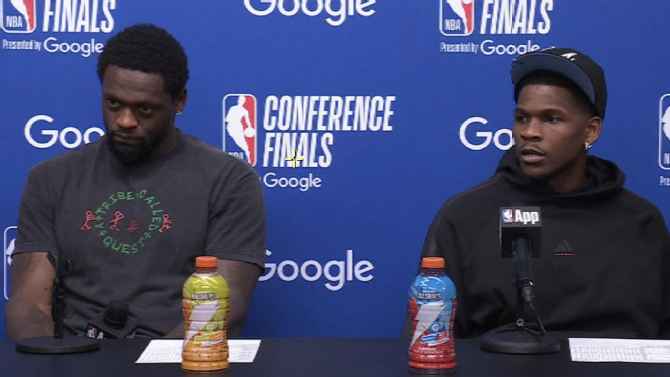
0:39
Anthony Edwards confident Wolves will bounce back in Game 2
Anthony Edwards breaks down the Thunder’s defense and says the Timberwolves will be ready for Game 2.
Here’s the bad news for Minnesota, which has been the second-best team in the NBA since March. The team with the best metrics since March? The Thunder, of course, with a 20-3 record and plus-13.3 point differential to close the regular season, while playing a much tougher schedule than Minnesota.
That comparison underscores the difficult matchup the Timberwolves face in the conference finals — even at their best, they still couldn’t quite keep pace.
In Game 1 in the conference finals, Randle kept up his end of the bargain, scoring a team-high 28 points on stellar 9-for-13 shooting. (One assist versus five turnovers hurt his overall stat line, however.)
The Thunder shut off everything else that had powered Minnesota’s offense over the past two-plus months. The Timberwolves scored just 20 points in the paint in Game 1, which is less than half their previous low in the postseason, and is tied for the lowest output for any team in a playoff game since 2016-17, according to NBA Advanced Stats.
Because Oklahoma City’s perimeter defenders are better than their counterparts on the Lakers and Warriors, the Thunder can stick with the Timberwolves’ drivers, forcing awkward passes back out to the perimeter instead of high-percentage attempts at the rim.
“They clogged the paint,” Edwards said after the game. “That’s what they do. They don’t got much size down there, so they bank on us not making shots, I guess. Because every time I go to the rim, it’s like four people in the paint.”
The Thunder are happy to surrender 3-pointers, ranking 28th in opponent 3-point rate in the regular season, per Cleaning the Glass. And the Timberwolves are happy to take them, putting up 51 3 triples in Game 1. Whether the Timberwolves can come back to upset the No. 1 seed may hinge on whether they can make the Thunder pay for that approach.
Unfortunately, most of their shooters have gone cold at the wrong time. Even in series wins against the Lakers and Warriors, Minnesota won despite its poor 3-point shooting. The five Timberwolves who take 3s other than Edwards and Randle — DiVincenzo, Conley, Jaden McDaniels, Naz Reid and Nickeil Alexander-Walker — shot a collective 38% from distance in the regular season but have declined to 32% in the playoffs. Out of 48 players who have attempted at least 40 3-pointers in the playoffs, Conley ranks 43rd, Alexander-Walker ranks 46th and DiVincenzo ranks 48th in quantified shot making, per GeniusIQ, which measures a player’s actual shot accuracy compared to his expected accuracy.
In theory, their luck should regress to the norm soon, meaning more made 3s are on the way. But that backcourt trio combined to go just 6-for-26 from distance in Game 1 against the Thunder, who were content to wall off the paint and, as Edwards said, bank on Minnesota’s ice-cold shooters staying that way.
For Minnesota to score enough to beat the Thunder and reach the first Finals in franchise history, they must check three boxes:
-
Randle must keep playing the best high-stakes basketball of his career.
-
The role players must start shooting more like they did in the regular season.
-
Edwards must fulfill his role as the leading star on this team.
The Thunder present a rough matchup for him, however — and not just because, with Luguentz Dort, Cason Wallace, Jalen Williams and Alex Caruso, they’re well equipped to shadow his every move with multiple all-world defenders.
Edwards took a major step forward beyond the arc this season, as he led the league in total 3-pointers with 320 and made 39.5% of his attempts, up from 35.3% before this year. But curiously, he struggled to convert his 2-point attempts. According to GeniusIQ data, combining regular season and playoff stats, Edwards’ accuracy ranks in the 27th percentile or worse in the restricted area, the key and the midrange.
The Thunder already have the best interior defense in the league: They allowed the lowest opposing field goal percentage at the rim this season and the fewest points in the paint. And if Edwards can’t crack that shell, he won’t be able to score enough to threaten them.
Edwards expressed optimism after Game 1, despite scoring only 18 points on 5-for-13 shooting in a game his team lost by 26. “I definitely got to shoot more,” he said. “I only took 13 f—ing shots. … Got to go watch some film and pick it apart. We’ll figure it out.”
The Timberwolves have a chance to do so; it’s no fluke that they had the NBA’s second-best offense for such a long stretch. But the Thunder have one of the best defenses in NBA history, and nobody has figured out how to beat it yet.
Source link

